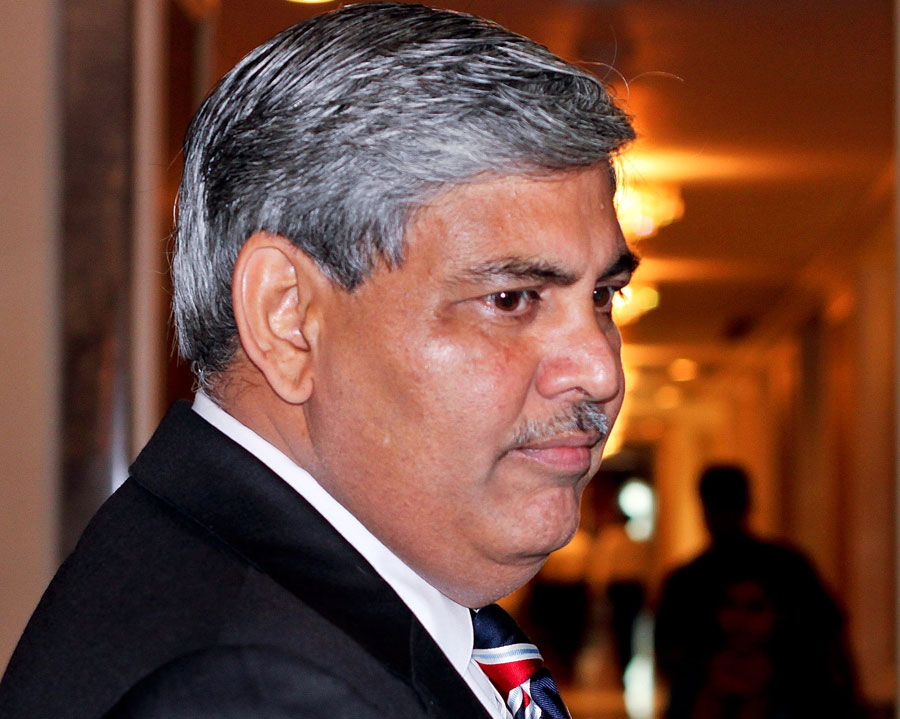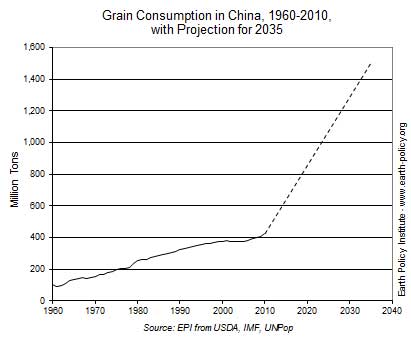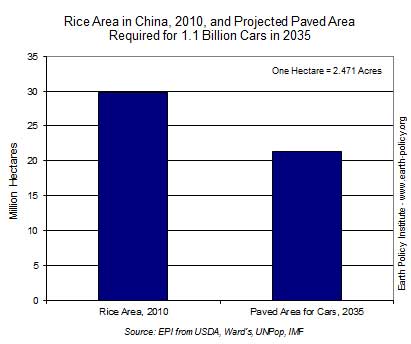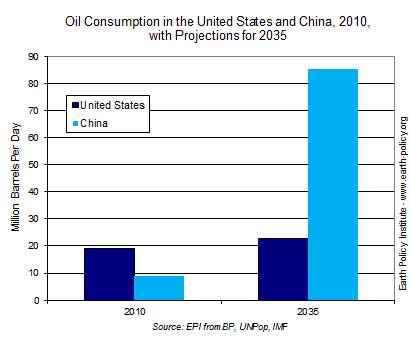An assumption, in the context of economic models, refers to a simplifying belief or proposition about the behaviour of individuals, firms, or the overall economic system. These assumptions are necessary because economic models attempt to capture the complexity of real-world phenomena and make them more understandable and analysable.
Assumptions serve as building blocks for economic models, providing a foundation upon which the analysis can be conducted. They help economists create a framework that abstracts away unnecessary details and focuses on key variables and relationships of interest. By making assumptions, economists can isolate specific factors and explore their impact on economic outcomes.
For example, when constructing a model to analyse consumer behaviour, economists may assume that individuals are rational decision-makers who seek to maximise their personal satisfaction or utility. While this assumption may not accurately capture every aspect of real-world consumer behaviour, it simplifies the decision-making process and allows economists to predict how individuals might respond to changes in prices, incomes, or other factors.
Similarly, in the study of market dynamics, economists often assume perfect competition, which assumes a large number of buyers and sellers, identical products, and perfect information. Although perfect competition is rarely found in reality, this assumption enables economists to study market equilibrium, price determination, and the effects of various policy interventions in a more manageable way.
Assumptions in economic models also often employ the ceteris paribus principle, which means "all else equal." This principle assumes that while analysing the relationship between two variables, all other factors remain constant. This allows economists to focus on the specific relationship of interest without getting entangled in the complexities of simultaneous changes in multiple factors.
It is important to note that assumptions are simplifications and abstractions, and they may not always perfectly reflect reality. However, they serve a crucial role in economic modelling by making the analysis feasible, highlighting key relationships, and providing initial insights into economic behaviour and outcomes. While assumptions are necessary, it is also important for economists to continuously test and refine them based on empirical evidence to improve the accuracy and reliability of economic models.
Assumptions and simplifications in mathematical economic models can introduce potential biases and limitations in several ways:
Inaccurate representation of reality: Economic models are abstractions that aim to simplify the complex real world. However, by making assumptions and simplifications, models may fail to capture the full complexity and nuances of economic phenomena. These simplifications can lead to a mismatch between the model's assumptions and the actual behaviour of individuals, firms, or markets, potentially introducing biases in the model's predictions.
Omission of relevant variables: Economic models often involve simplifications that exclude certain variables or factors that may be important in real-world situations. This exclusion can limit the model's ability to provide a comprehensive understanding of the economic system under study. The omission of relevant variables can result in biased or incomplete analysis, as important drivers of economic behaviour or outcomes may be neglected.
Assumptions about individual behaviour: Many economic models rely on assumptions about the behaviour of individuals, such as the assumption of rationality or self-interest. However, these assumptions may not always hold true in reality. Individuals may exhibit bounded rationality, have imperfect information, or behave altruistically, which can deviate from the assumptions made in economic models. Such deviations can lead to biased predictions or inaccurate representations of real-world phenomena.
Simplified market structures: Economic models often assume simplified market structures, such as perfect competition, monopoly, or oligopoly. While these assumptions provide a useful framework for analysis, they may not reflect the complexities of actual markets. Real-world markets can exhibit various degrees of competition, market power, and imperfect information, which can introduce biases when using simplified market structures in economic models.
Linear relationships: Many economic models assume linear relationships between variables for simplicity and tractability. However, in reality, relationships between variables may be nonlinear or exhibit diminishing returns. Assuming linearity can introduce biases in predictions or policy recommendations, as it may not accurately capture the actual dynamics and interactions among variables.
Limited scope of analysis: Economic models often focus on specific aspects or sectors of the economy, neglecting interdependencies and feedback effects. This limited scope can introduce biases by overlooking broader systemic effects or failing to capture the full consequences of policy interventions. It is important to recognise that economic systems are complex and interconnected, and simplifications in models can restrict the understanding of these interconnections.
To mitigate these limitations and biases, economists employ various techniques, such as sensitivity analysis, robustness checks, and empirical validation, to test the assumptions and evaluate the robustness of model predictions. Additionally, economists strive to develop more realistic and nuanced models by incorporating more accurate assumptions, relaxing unrealistic assumptions, or adopting alternative modelling approaches to address the limitations and biases introduced by simplifications.
 By putting a stop to the brief reign of the Big Three, Shashank Manohar has managed to do something that defied criticism © Getty Images
By putting a stop to the brief reign of the Big Three, Shashank Manohar has managed to do something that defied criticism © Getty Images If Ched Evans wins his appeal and is re-signed by Sheffield United, will he be greeted with apologies? © Getty Images
If Ched Evans wins his appeal and is re-signed by Sheffield United, will he be greeted with apologies? © Getty Images



 57 Comments
57 Comments




